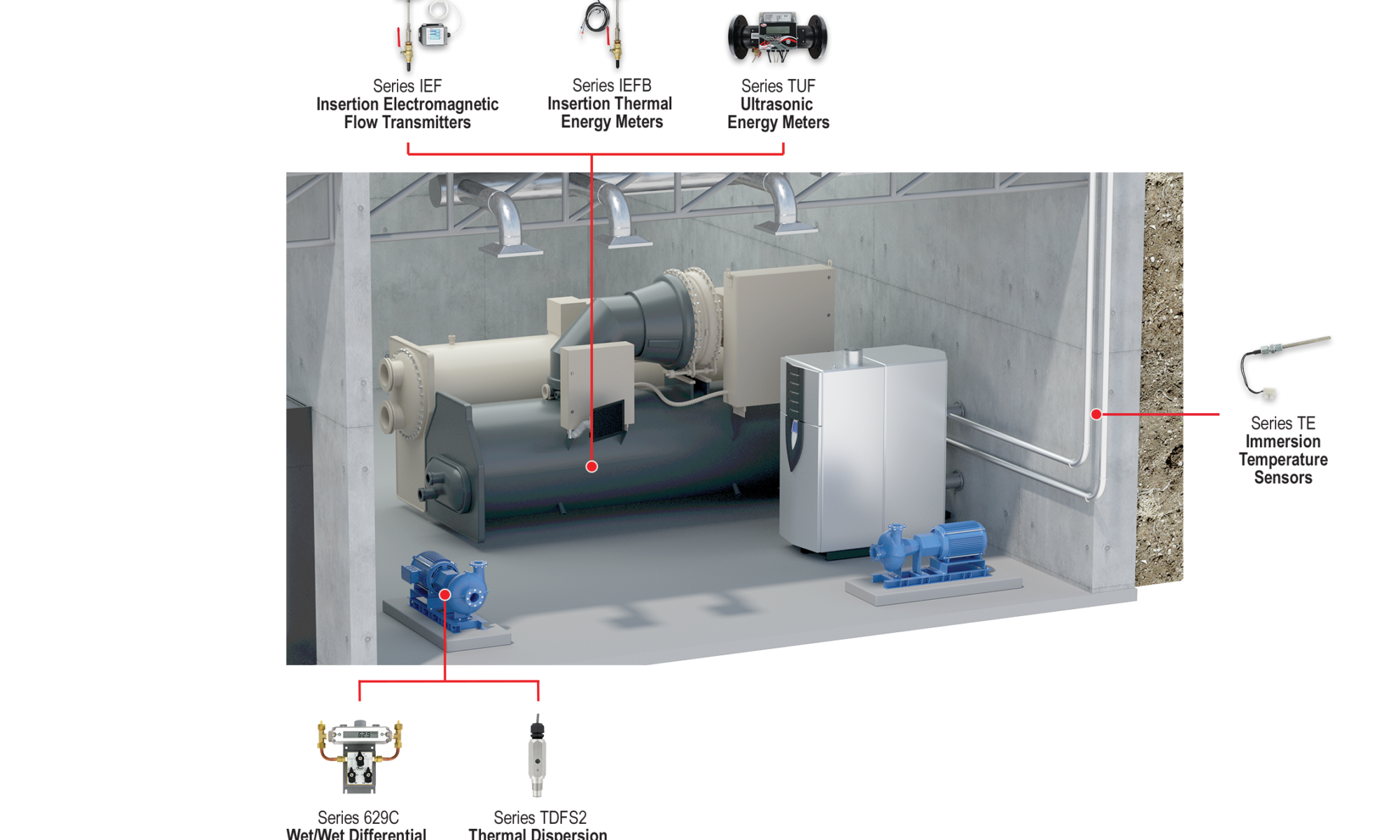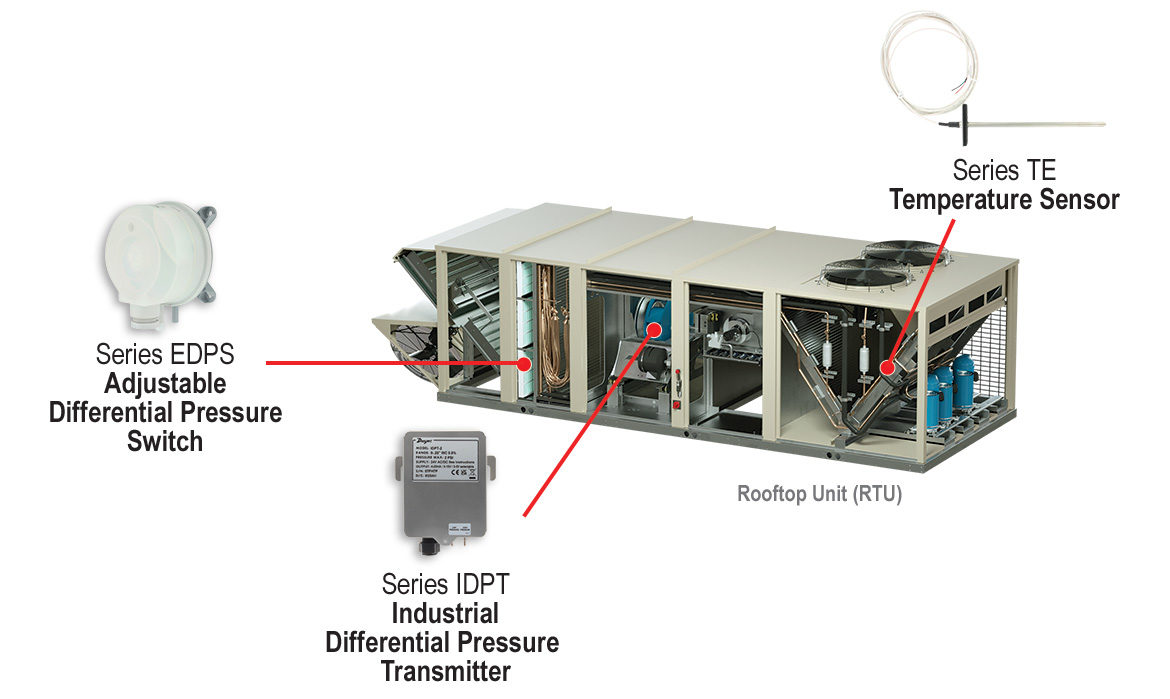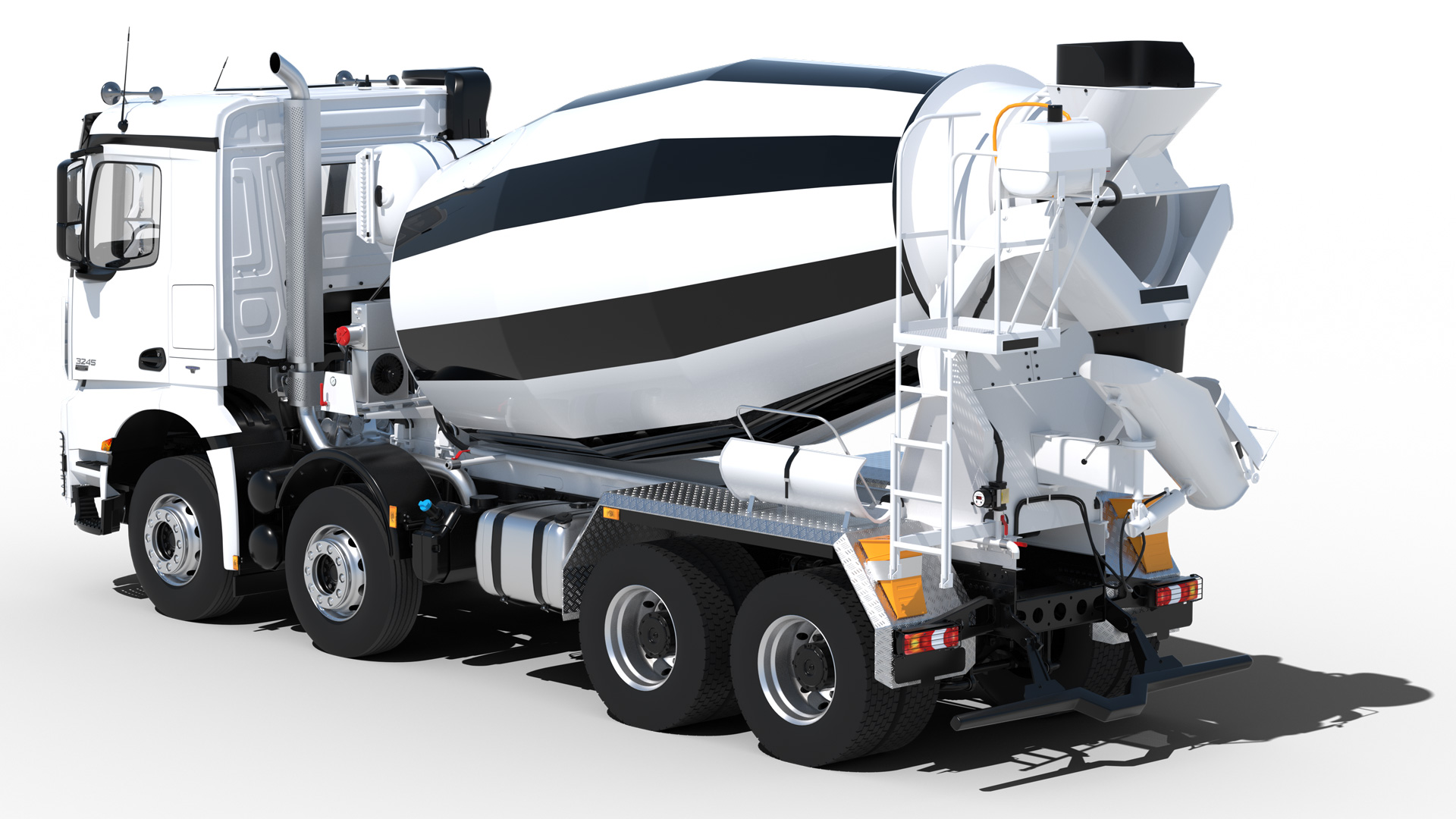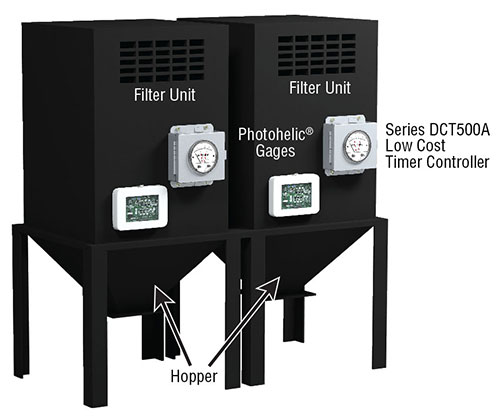 We talk a lot on this blog about the importance of indoor air quality in schools to boost students’ well-being. Also important to the school building is ensuring that the building is energy efficient – the dollars saved by reducing energy consumption can be used to further improve school facilities and enhance students’ learning environments. Continue reading “School Energy Monitoring Solutions”
We talk a lot on this blog about the importance of indoor air quality in schools to boost students’ well-being. Also important to the school building is ensuring that the building is energy efficient – the dollars saved by reducing energy consumption can be used to further improve school facilities and enhance students’ learning environments. Continue reading “School Energy Monitoring Solutions”
Differential Pressure Switch/Gage within Semiconductor Fabs
In simple terms, a semiconductor transistor is a part with specific electronic properties that allow it to serve as a component in microchips and modern electronics like phones, laptops, and more. As these components are small and require precise manufacturing methods, there are facilities dedicated to their manufacture.
![]()
These facilities consist of several levels including air handlers and scrubbers for exhaust, HEPA room, fab cleanroom, and subfab areas. The control of differential pressure within the facility is essential for the safety of both equipment and personnel. Continue reading “Differential Pressure Switch/Gage within Semiconductor Fabs”
Series IDPT: Built for Compliance
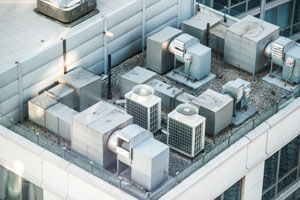 The HVACR industry is evolving to create more energy efficient and sustainable ways to cool our homes and commercial buildings using eco-friendly refrigerants that are less damaging to the environment, but significantly more flammable than their predecessors. The UL standard 60335 aims to balance these greener refrigerants while still maintaining occupancy safety as it applies to “packaged air conditioners and heat pumps; partial units; liquid chillers and hydronic fan coil units; hot water heat pumps; dehumidifiers; supplemental heaters and equipment with flammable refrigerants1.”
The HVACR industry is evolving to create more energy efficient and sustainable ways to cool our homes and commercial buildings using eco-friendly refrigerants that are less damaging to the environment, but significantly more flammable than their predecessors. The UL standard 60335 aims to balance these greener refrigerants while still maintaining occupancy safety as it applies to “packaged air conditioners and heat pumps; partial units; liquid chillers and hydronic fan coil units; hot water heat pumps; dehumidifiers; supplemental heaters and equipment with flammable refrigerants1.”
With this standard there are significant regulations put onto the plastics used in air handlers to meet certain burn and smoke criteria, as tested and approved by the UL Yellowcard. Some air handling equipment manufacturers are attempting to meet this specification for pressure transmitters and sensors by mounting pressure transmitters that are typically made of plastic in a metal enclosure or mounting them outside of the plenum spaces. Continue reading “Series IDPT: Built for Compliance”
The Importance of Water in Concrete Mixing

Concrete is used all around us as foundation for buildings and exterior surfaces, parking lots, sidewalks, countertops, and more. Although walking or riding a car on concrete is a daily occurrence, it’s easy to overlook the basic elements that go into this essential of modern living.
Concrete is made of a few basic components:
- Sand and/or aggregate
- Cement, comprised of limestone and clay that have been crushed and mixed into a fine powder solution
- Water
Of these components, the ratio of water to cement is particularly important. Continue reading “The Importance of Water in Concrete Mixing”
Dust Collector Timer Controllers
 There are several different component parts that go into a dust collector for monitoring and control purposes. In this article, we are going to focus on timer boards. We will be comparing and contrasting a few of our timer boards, as well as discussing how we could help you to better protect your equipment in the most cost-effective manner. Continue reading “Dust Collector Timer Controllers”
There are several different component parts that go into a dust collector for monitoring and control purposes. In this article, we are going to focus on timer boards. We will be comparing and contrasting a few of our timer boards, as well as discussing how we could help you to better protect your equipment in the most cost-effective manner. Continue reading “Dust Collector Timer Controllers”

